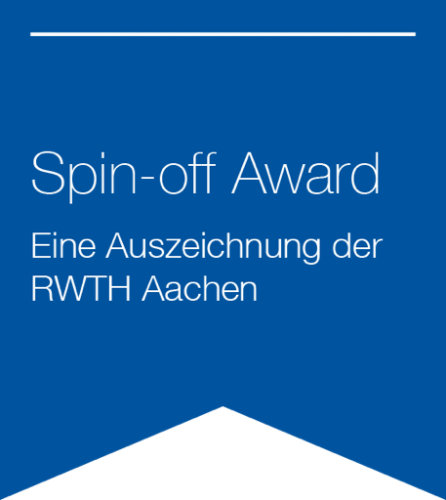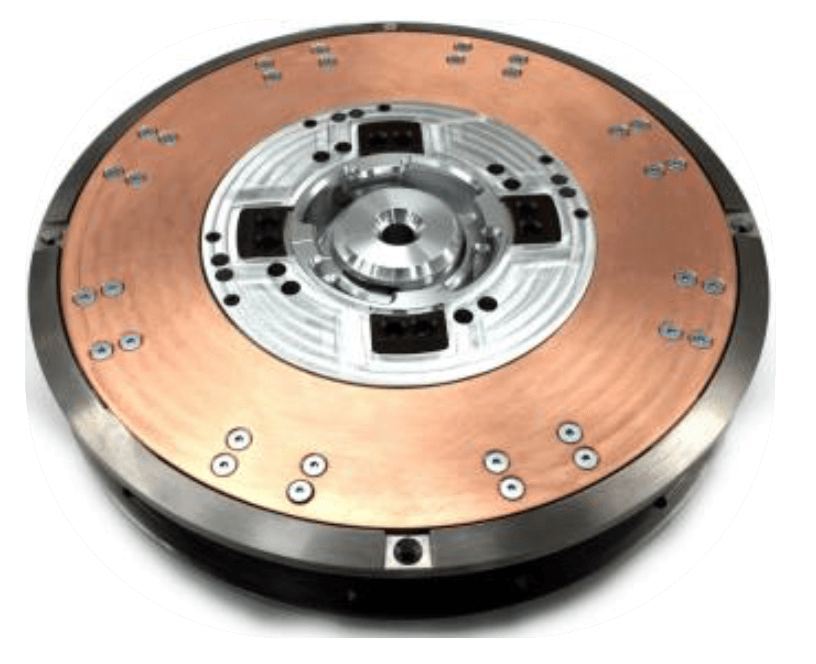IT'S TIME FOR A NEW LEVEL OF MOBILITY
Neuer Text
Partner institutions:
URBAN MOBILITY
Urban mobility must be reinvented. Now.
While the fast development of motor vehicles in the 20th century largely contributed to economic growth and prosperity, at present, numerous cities and metropolitan regions around the world are on the verge of saturation due to the high number of cars. Typical problems produced by individual mobility are
air pollution,
traffic congestion
and
lack of parking space.
These problems lead to a clear reduction of life quality in urban centers and to significant economic losses. In accordance with a study from INRIX Research, traffic congestion in Germany during 2017 was responsible for economic losses as high as 80 billion euros.
(https://inrix.com/research/)
The
increasing global urbanization
and
climate change
are factors which worsen the current condition. An accessible, honest and sustainable improvement of urban mobility requires an enormous effort - and
thinking outside the box. Solutions must be found beyond individual mobility and the widespread use of
electric vehicles.
Up to the +1 level. Energy-efficient, quiet, for all.
We are convinced that, in order to relieve overcrowded streets, the airspace above the ground, i.e. the +1 level, must play an essential role. In fact, several start-ups are following exactly this approach. However, we believe that the key to a fair and successful urban mobility does not lie on the introduction of personal air taxis. The reason for this is that such vehicles are characterized by a high energy consumption and by high noise levels. In addition, they merely shift the problems of individual mobility from the ground to the space above it, and are accessible to a limited amount of people.
Why would one fly with energy-intensive and loud rotors over cities when a much simpler technology offers the possibility of carrying up to
5000 passengers per hour and direction (P/h) from A to B regardless of traffic congestion?
A very promising alternative for conquering the +1 level are
urban aerial ropeway systems. These offer
plenty of
advantages: short construction time periods without obstruction of traffic, low investment and operating costs, minimum space requirements, a large routing flexibility and an extremely low energy consumption due to the excellent ratio of payload to structural weight.
On average, it is necessary to employ 100 conventional city buses or 2000 cars to accomplish a transport capacity of 5000 P/h.
Where is the problem?
Conventional aerial ropeway systems are not always easy to integrate in an urban environment, primarily in Europe. Many projects fail because the passenger cabins cannot 'fly over' historical town centers and/or residential neighborhoods. Since an aerial ropeway system as the only means of transport cannot serve all routes proposed, mobility planners prefer to implement alternative systems such as trams or buses despite higher costs or lower efficiency.
In other cases, the necessary space for the construction of a ropeway station is not available. This makes the integration of an aerial ropeway system into an existing network of public transport difficult and costly. Therefore, until now, aerial ropeway systems are implemented mainly as an isolated solution, particularly when the fundamental aspect is to overcome topographical barriers like rivers or mountains.
Nevertheless : 200 cities in Germany have caught up on the topic of urban aerial ropeway systems lately.
upBUS SYSTEM
We develop an innovative solution for a seamless,
energy-efficient and intelligent mobility on 2 planes.
What is upBUS?
1 vehicle, 2 modes of operation.
upBUS ist a hybrid vehicle, which depending on the traffic condition and the location, can act as a highly automated electric mini bus or as an urban aerial ropeway cabin. The vehicle can switch between a BUS and a ROPEWAY mode and thus operate on 2 different mobility planes.
1 vehicle, 3 main components.
The
upBUS vehicle consists of a detachable cabin with a current capacity of
35 passengers. In the bus mode, the cabin is coupled at the bottom to a battery-powered
driving unit. In the ropeway mode, the cabin is coupled at the top to the
suspension of an aerial ropeway.
1 vehicle, 4 x 2 interfaces.
The connection between the cabin and the driving unit/suspension is accomplished by means of 4 mechanical interfaces respectively. The interfaces were originally developed for the coupling and uncoupling of modular satellite building blocks. The interfaces do not only transfer mechanical loads, but also electrical power and data.
Bus mode:
Bus mode
Ropeway mode:
Ropeway mode
Transition:
COUPLING PROCESS WITH RADAR TECHNOLOGY
At specific locations where a transition from the bus to the ropeway mode is desired the upBUS vehicles enter a compact station. Here, the lower mechanical interfaces are uncoupled and the cabins are slightly lifted. By means of a radar sensor system developed at the Chair of High Frequency Electronics (HFE) of the RWTH Aachen University, the cabins are positioned such that the upper mechanical interfaces can couple with the ropeway suspension. The transition between the operating modes occurs ‘on the fly’ and takes less than 10 seconds. In the case of a transition from the ropeway to the bus mode, the process runs in the opposite direction. If the energy level of one of the driving units is low, the unit is charged at one of the charging points available at the station.
ADVANTAGES
The best of 2 systems.
The advantages of highly automated electric mini buses and urban aerial ropeways are united in a single product, thus increasing significantly the system flexibility and reducing costs.
Seamless and handicapped accessible.
upBUS is a continuous and handicapped accessible carrier with a cabin frequency which satisfies a high traffic demand. There are no timetables and waiting times are only of a few seconds. Stations can be available both in the ropeway and the bus mode.
Cards are reshuffled.
The modular character of the upBUS system leads to new design and optimization possibilities for urban planners and mobility providers. These can distribute and optimize traffic flow on 2 different mobility planes.
Enabler for urban aerial ropeways.
If an urban aerial ropeway is considered, planned traffic routes do not have to be entirely served from the air anymore. Thanks to the bus mode, particular route sections can be served at the ground level, preventing a negative effect on cityscapes and/or a potential world heritage site.
Automation and electrification.
upBUS benefits from today’s intense development of technologies for autonomous driving. In addition, the upBUS system is entirely electric and highly energy-efficient: in the ropeway mode, the cabins are driven by a central electric motor, while in the bus mode, these are powered by a few batteries positioned within the driving units.
Transport of people and goods.
The application fields of the upBUS system go beyond public transportation. Implementing a flexible mobility on 2 planes can also be appealing to exhibition centers, fair grounds, airports and at major events. Likewise, an industrial application with the transport of goods on production sites and distribution centers is possible.
MULTIFUNCTIONAL INTERFACES
iSSI as developed at the Institute of Structural Mechanics and Lightweight Design (SLA) of the RWTH Aachen University
The mechanical interfaces in the upBUS vehicles are not designed from scratch. Rather, these are developed on the basis of the multifunctional interfaces conceived at the Institute of Structural Mechanics and Lightweight Design (SLA) of the RWTH Aachen University during the iBOSS project (intelligent Building Blocks for On-orbit Satellite Servicing). The iBOSS interfaces were designed to allow the coupling and uncoupling of modular satellite building blocks. The interface is called iSSI (intelligent Space System Interface). With a simple rotation, iSSI enables a mechanical link and the transfer of electric power, heat and data. A part of the upBUS team was involved in the development and qualification of iSSI at SLA.
ABOUT US
Who are the minds behind upBUS?
The upBUS project was initiated at the Institute of Structural Mechanics and Lightweight Design (SLA) of the RWTH Aachen University by Prof. Kai-Uwe Schröder and the research assistant Mauricio Chaves‑Vargas in 2017. Motivated by the various problems urban regions around the world are facing due to traffic congestion and individual mobility, we began to look for innovative and disruptive solutions and to explore the potential of aerospace technologies in the field of aerial ropeway systems. At the beginning, different concepts were elaborated and student theses were prepared. In 2018, the upBUS team grew: Tobias Meinert from SLA and Eduard Heidebrecht and David Bierbüsse from the Chair of High Frequency Electronics (HFE) of the RWTH Aachen University joined the project. Together, the four engineers applied for a grant from the EXIST Transfer of Research funding program in 2018. After the EXIST proposal was not successful due to an early development phase, the project received funding from the Federal Ministry for Economic Affairs and Energy in the framework of the INNOspace program of the German Aerospace Center (DLR) in 2019. The objective of the program is to transfer technologies from the aerospace sector to the mobility sector. Today, the upBUS team comprises not only engineers but also a group of engineering students who with creativity, hard work and enthusiasm want to contribute to a new and promising kind of urban mobility.
GET TO KNOW OUR TEAM
Student Assistants
PRESS ROOM
Here you will find TV reports, videos and articles about upBUS.
ARD Tagesthemen - 30.07.2020
from 28:00 to 31:15 (in German)
Deutsche Welle - 22.03.2020
from 02:46 to 04:44 (in English)
Städtegregion Aachen - 07.09.2020
Vision for the airfield Aachen-Merzbrück
ZEIT Online - 15.07.2020 - 'Dem Stau entschweben'
RTL West - 07.01.2020 - 'Mischung aus Seilbahn und Bus'
SAT.1 NRW - 20.12.2019 - 'Seilbahn gegen Stau in Essen?'
WAZ - 20.12.2019 - 'Im Elektro-Bus über den Stau hinwegschweben'
Rheinische Post - 29.10.2019 - 'Mit dem Bus in die Luft'
CONTACT
Are you interested in innovation and urban mobility?
Would you like to learn more about upBUS?
Send us a message and we will get back to you as quickly as possible.
Kontaktieren Sie uns
Wir setzen uns so schnell wie möglich mit Ihnen in Verbindung.
Bitte versuchen Sie es später noch einmal.
Copyright © 2020 upBUS UG (haftungsbeschränkt) - Alle Rechte vorbehalten








